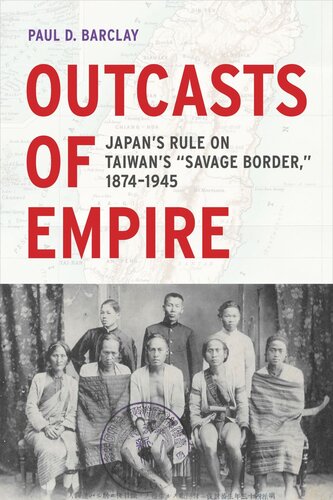

Most ebook files are in PDF format, so you can easily read them using various software such as Foxit Reader or directly on the Google Chrome browser.
Some ebook files are released by publishers in other formats such as .awz, .mobi, .epub, .fb2, etc. You may need to install specific software to read these formats on mobile/PC, such as Calibre.
Please read the tutorial at this link: https://ebookbell.com/faq
We offer FREE conversion to the popular formats you request; however, this may take some time. Therefore, right after payment, please email us, and we will try to provide the service as quickly as possible.
For some exceptional file formats or broken links (if any), please refrain from opening any disputes. Instead, email us first, and we will try to assist within a maximum of 6 hours.
EbookBell Team

4.4
42 reviewsA free ebook version of this title is available through Luminos, University of California Press’s Open Access publishing program. Visit www.luminosoa.org to learn more.
Outcasts of Empire unveils the causes and consequences of capitalism’s failure to “batter down all Chinese walls” in modern Taiwan. Adopting micro- and macrohistorical perspectives, Paul D. Barclay argues that the interpreters, chiefs, and trading-post operators who mediated state-society relations on Taiwan’s “savage border” during successive Qing and Japanese regimes rose to prominence and faded to obscurity in concert with a series of “long nineteenth century” global transformations.
Superior firepower and large economic reserves ultimately enabled Japanese statesmen to discard mediators on the border and sideline a cohort of indigenous headmen who played both sides of the fence to maintain their chiefly status. Even with reluctant “allies” marginalized, however, the colonial state lacked sufficient resources to integrate Taiwan’s indigenes into its disciplinary apparatus. The colonial state therefore created the Indigenous Territory, which exists to this day as a legacy of Japanese imperialism, local initiatives, and the global commodification of culture.